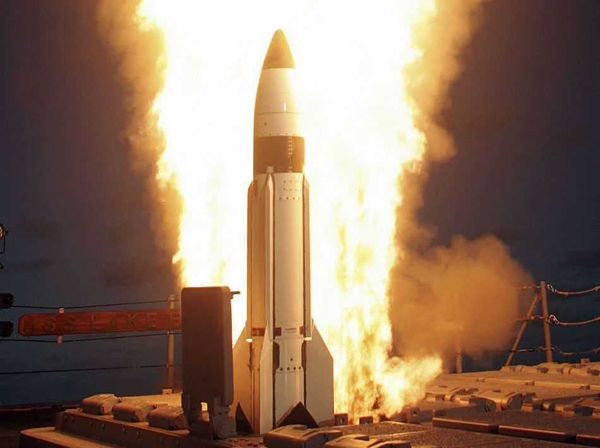The Missile Defense Agency awarded Raytheon Company a $925 million contract for development of the Standard Missile-3 Block IIA missile, which is a co-development effort between the U.S. and Japan.
“As the threat continues to evolve, so does our ability to counter that threat,” said Dr. Taylor W. Lawrence, president of Raytheon Missile Systems. “We’re honored to work with our Japanese allies to bring this next-generation defensive capability to the world.”
Used by the U.S. and Japanese navies to destroy short- to intermediate-range ballistic missiles, the SM-3 is the only defensive weapon of its kind. The SM-3 Block IIA will have a 21-inch 2nd and 3rd stage rocket motor and a larger, more capable kinetic warhead.
On track for a 2018 deployment date, the missile is the third evolution of the SM-3 family of missiles and builds on the successful legacy of the first two variants: SM-3 Block IA and SM-3 Block IB. The SM-3 program has achieved 21 successful intercepts.
“The SM-3 IIA’s larger rocket motors will allow for a greater defended area, which is an important factor when it comes to protecting both the U.S. and our NATO allies,” said Wes Kremer, vice president of the Air and Missile Defense Systems product line for Raytheon Missile Systems.
SM-3 Block IA missiles are currently employed on Japan’s Kongo-class ships. Raytheon has delivered more than 130 SM-3 variants to the U.S. and Japanese navies on time and on budget.










